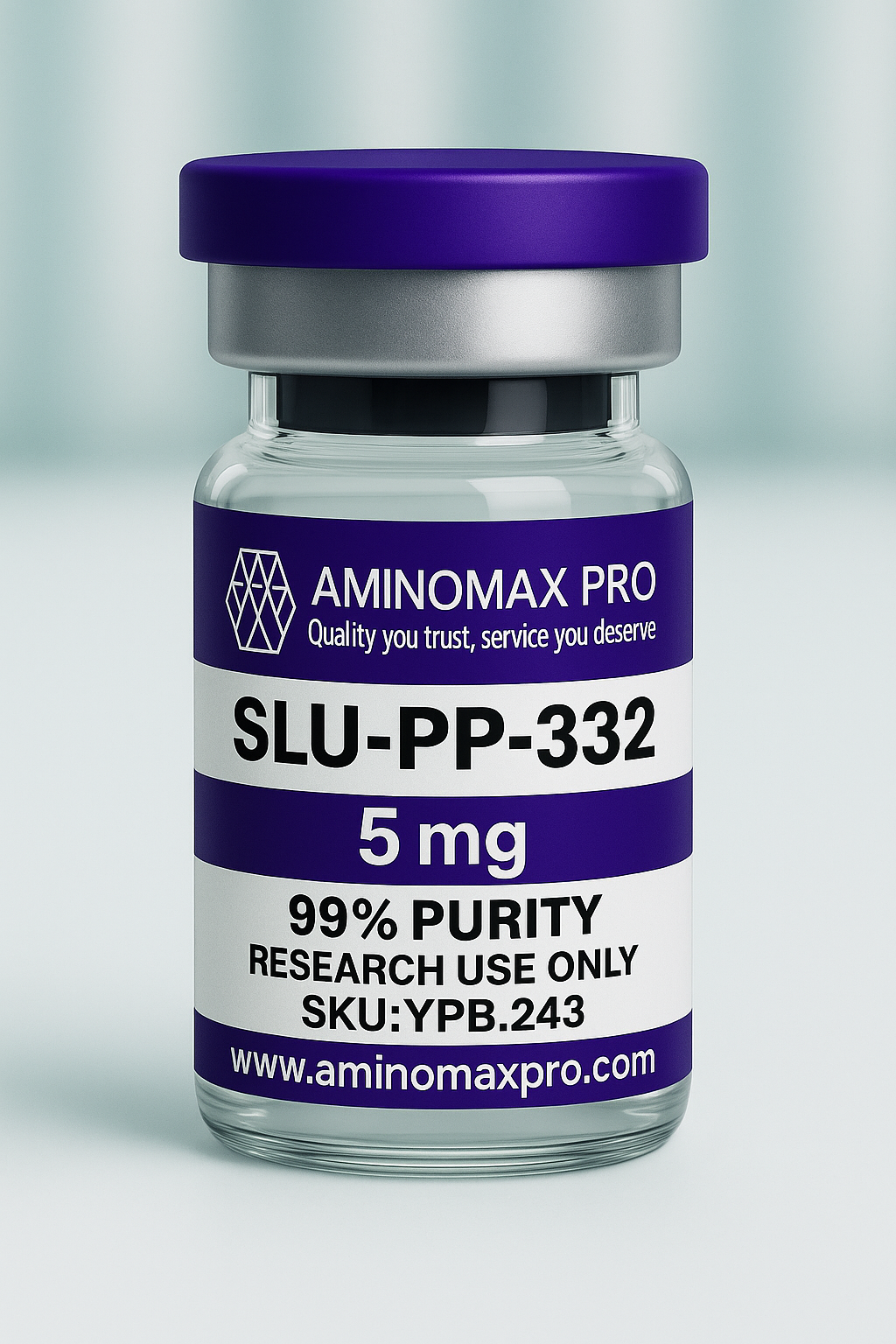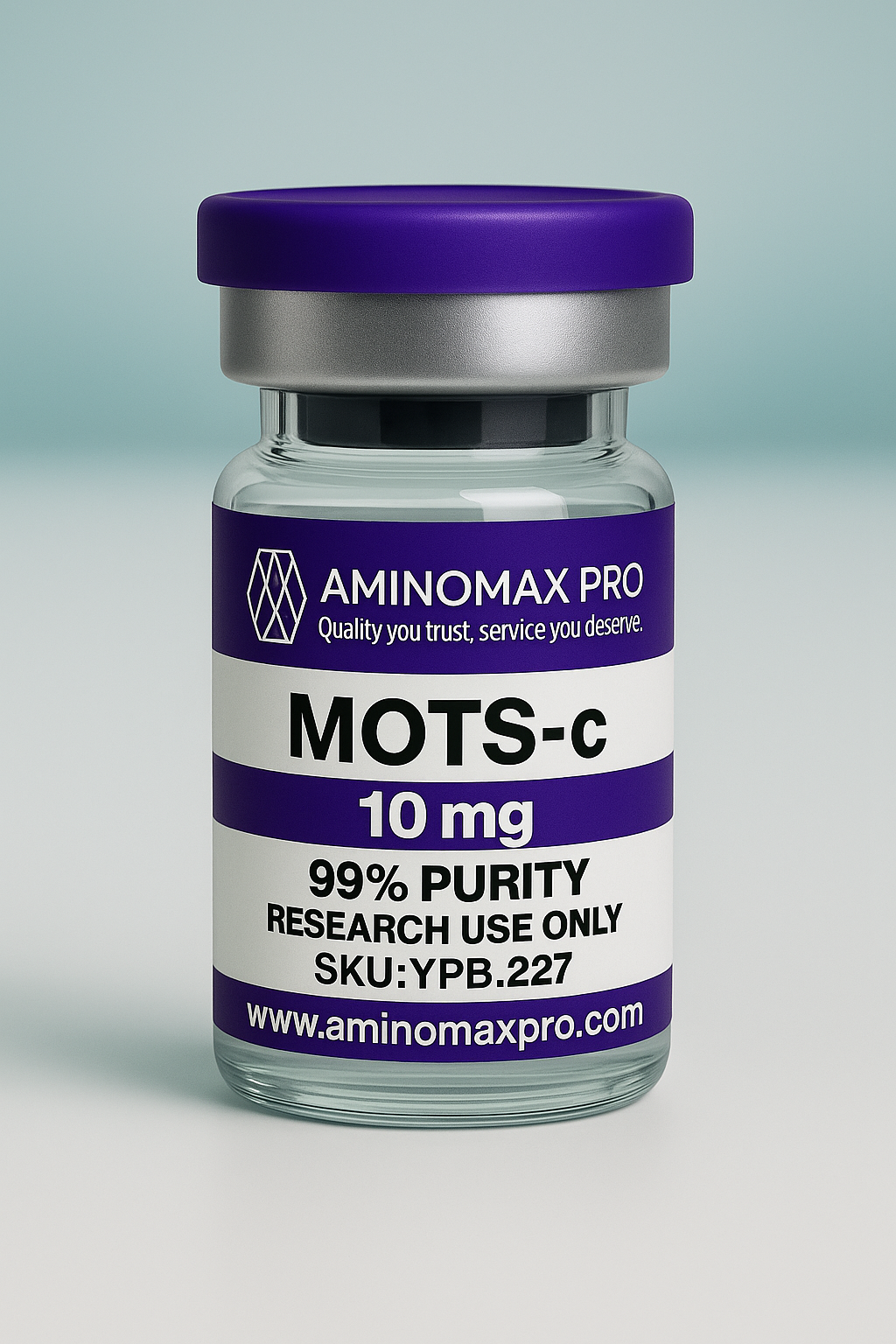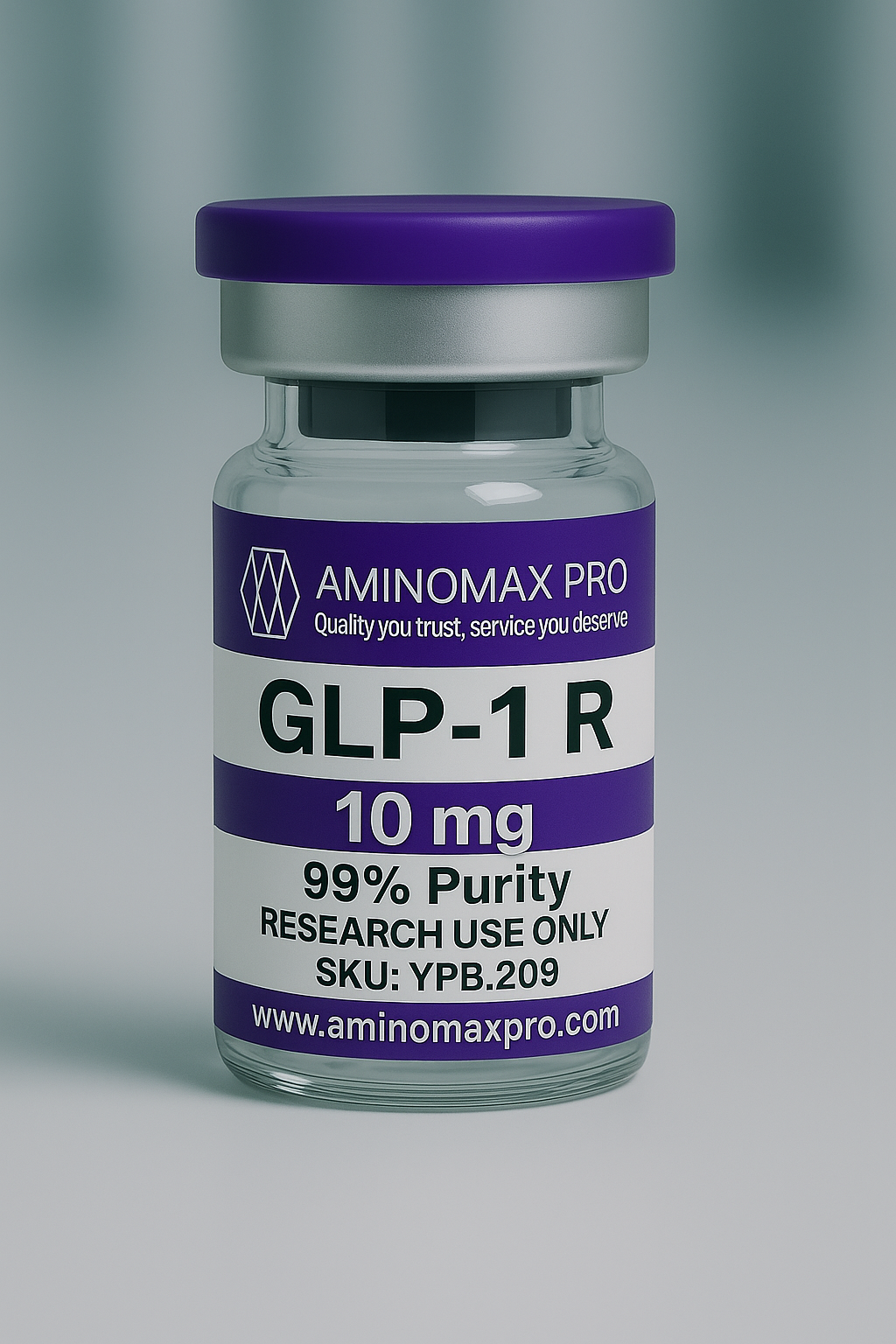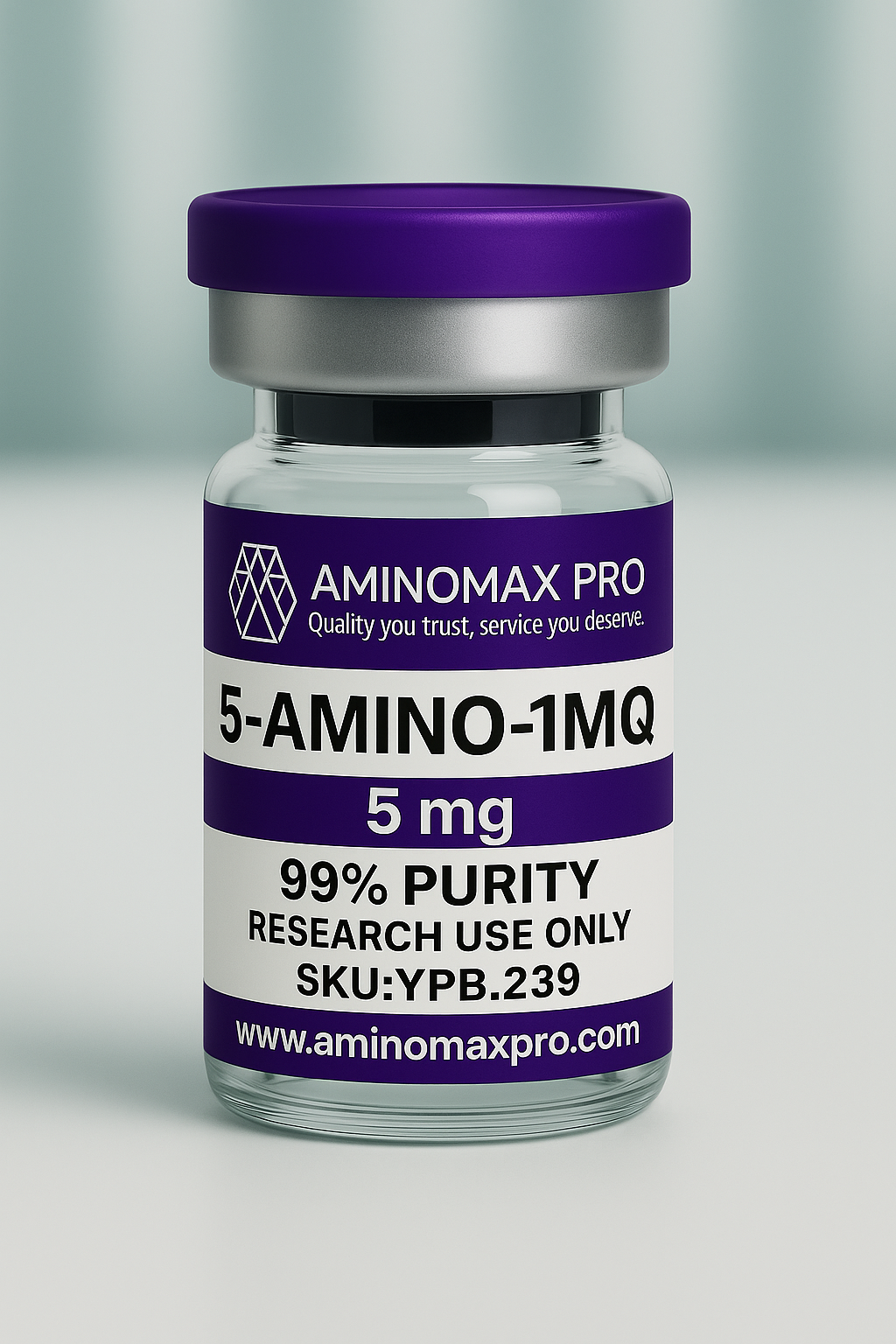Description
SLU-PP-332 – Technical Biochemical Mechanism Profile
(ERRα/ERRγ Agonist; Mitochondrial Metabolism Modulator – Research Use Only)
SLU-PP-332 is a synthetic small-molecule agonist of Estrogen-Related Receptors α and γ (ERRα / ERRγ), two orphan nuclear receptors that function as transcriptional regulators of mitochondrial biogenesis, fatty-acid oxidation, and oxidative phosphorylation.
ERRα/γ operate as transcription factors interacting with PGC-1α and PGC-1β, driving expression of genes that control mitochondrial structure, electron transport chain assembly, and ATP production.
✅ 1. Primary Molecular Targets
ERRα (ESRRA) and ERRγ (ESRRG) – Nuclear Receptors
-
Ligand binding increases DNA-binding affinity at estrogen-related response elements (ERREs)
-
Enhances recruitment of PGC-1α co-activator
-
Drives transcription of oxidative metabolism genes
Observed molecular consequences:
-
↑ Mitochondrial gene expression
-
↑ Fatty-acid oxidation pathway activity
-
↑ ETC and ATP-synthesis proteins
✅ 2. Core Signaling & Transcriptional Pathways
A. PGC-1α / ERR Co-Activator Axis
SLU-PP-332 enhances:
-
PGC-1α → ERRα/γ → ERRE-driven transcription
-
Upregulation of mitochondrial and metabolic gene programs
Representative gene targets:
-
PPARGC1A (PGC-1α)
-
NRF1, TFAM (mitochondrial biogenesis)
-
CPT1B, ACADL (β-oxidation)
B. Fatty-Acid Oxidation Pathway
ERR activation increases transcription of:
-
CPT1B, ACADM, ACADL (fatty-acid transport & β-oxidation)
-
ACOX1 (peroxisomal oxidation)
Downstream functional effects in vitro:
-
↑ Fatty-acid catabolism
-
↑ Mitochondrial ATP output
C. Oxidative Phosphorylation & ETC Assembly
ERRs directly regulate genes encoding subunits of complexes I–V:
| ETC Complex | Gene Examples Influenced |
|---|---|
| Complex I | NDUFS3, NDUFA9 |
| Complex II | SDHA, SDHB |
| Complex III | UQCRC1, CYCS |
| Complex IV | COX4I1, COX5A |
| Complex V | ATP5A1, ATP5F1 |
Improves mitochondrial respiratory protein expression in research models.
D. TCA Cycle / Mitochondrial Enzymes
Upregulates genes for:
-
IDH3A
-
ACO2
-
CS (citrate synthase)
Supports increased carbon flux through mitochondrial respiration.
✅ 3. Secondary Metabolic Pathways
| Pathway | Effect with SLU-PP-332 |
|---|---|
| AMPK | Can be indirectly activated via increased energy turnover |
| SIRT1/SIRT3 | May be influenced via NAD⁺-dependent mitochondrial regulation |
| mTOR | Can be down-modulated in high-oxidation metabolic states |
✅ 4. Representative Gene Targets
| Functional Category | Genes Commonly Monitored |
|---|---|
| Mitochondrial Biogenesis | PPARGC1A, NRF1, TFAM |
| β-Oxidation | CPT1B, ACADL, ACADM, ACOX1 |
| Electron Transport Chain | COX4I1, ATP5A1, NDUFS3, UQCRC1 |
| TCA Cycle | IDH3A, CS, SDHA |
| Mitochondrial Dynamics | MFN1, OPA1 |
✅ 5. Key Enzymes Affected
| Enzyme / Protein | Mechanistic Relevance |
|---|---|
| CPT1B | Fatty-acid transport into mitochondria |
| ACADL / ACADM | Acyl-CoA dehydrogenases (β-oxidation) |
| COX subunits | Cytochrome c oxidase – Complex IV |
| ATP5A1 | ATP-synthase subunit |
| CS, IDH3A | TCA enzymes increasing NADH/FADH₂ supply |
✅ Second Messengers / Molecular Outputs
| Component | Mechanistic Role |
|---|---|
| ↑ Mitochondrial NADH/FADH₂ | Increased ETC flux |
| ↑ ATP production | Enhanced oxidative capacity |
| PGC-1α co-activation | High transcriptional response rate |
| Reduced lactate accumulation | Shift toward oxidative metabolism |
✅ Mechanistic Summary
-
Direct agonist of ERRα and ERRγ nuclear receptors
-
Enhances PGC-1α-dependent mitochondrial gene transcription
-
Upregulates oxidative phosphorylation, ETC assembly, β-oxidation, and TCA enzymes
-
Drives expression of genes for ATP generation, fatty-acid metabolism, and mitochondrial biogenesis
Research-Only Classification
SLU-PP-332 is supplied exclusively for controlled in-vitro laboratory research.
Not approved for human or animal administration, therapeutic use, or any biological application outside research environments.





